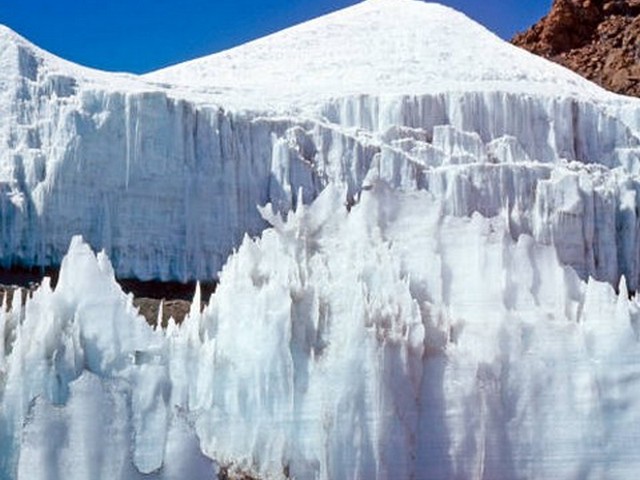What To Teach Children During Kilimanjaro Treks: A Journey of Discovery and Growth
Embarking on a trek up Mount Kilimanjaro is not just a physical challenge; it’s a profound learning experience. For families adventurous enough to take their children on this majestic climb, the journey transcends the mere act of hiking—it becomes an outdoor classroom where every step has the potential to teach invaluable life lessons. At Kilimanjaro Centre for Trekking and Ecotourism (KCTE), we believe that the mighty Kilimanjaro has much to offer young minds. From lessons about nature and science to insights into personal growth and cultural appreciation, climbing Kilimanjaro with children can be transformative.
Why Teach Children During Kilimanjaro Treks?
Kilimanjaro is more than Africa’s tallest peak; it’s a vibrant ecosystem and a splendid arena for learning. The ascent through various climatic zones—from tropical rainforest to arctic summit—presents unique educational opportunities that are both engaging and exceptionally meaningful.
Children are naturally curious, and a trek provides endless opportunities to harness that curiosity in productive ways. Teaching children during a Kilimanjaro trek not only keeps them engaged but also helps them gain a deeper appreciation of the world around them, fostering a lifelong passion for exploration and conservation.
Lessons in Ecology and Environmental Science
Understanding Biodiversity
Kilimanjaro is home to an astounding variety of flora and fauna, each adapted to its specific altitude. As you ascend, teach children to observe the changes in vegetation and wildlife. Discuss why certain plants are found at specific altitudes and how animals have evolved to survive in varying conditions.
Climate Zones and Their Effects
Discuss the different climate zones of Kilimanjaro: the rainforest at the base, the moorland, the alpine desert, and the arctic summit. Each zone offers lessons in how temperature, altitude, and rainfall affect plant and animal life. This real-world application of their geography lessons will be something they remember forever.
Cultural Education and Social Studies
Learning From the Chagga People
Kilimanjaro is not just a natural wonder but also a cultural heritage site. The Chagga people, indigenous to the Mount Kilimanjaro area, have a rich history and culture. Teach children about the Chagga’s traditional ways of life, their agricultural techniques, and how they have historically interacted with the mountain’s ecosystem.
Swahili Language Basics
Introduce children to Swahili phrases commonly used during the trek. Learning basic greetings and expressions not only enriches the experience but also shows respect for the local culture.
Health, Wellness, and Personal Development
The Importance of Physical Fitness
Climbing Kilimanjaro is physically demanding. Use this opportunity to teach children about the importance of physical fitness, healthy eating, and preparing one’s body for big challenges.
Mental Resilience and Teamwork
Discuss the importance of mental strength and resilience in overcoming challenges. Kilimanjaro’s demanding trek can teach children about perseverance, the value of hard work, and the importance of supporting one another—valuable lessons that apply well beyond the mountain.
Safety and Survival Skills
Basic First Aid
Teach children basic first aid skills such as dealing with blisters, cuts, or minor ailments. This not only prepares them for the trek but also instills a sense of responsibility and self-care.
Orientation and Responsible Trekking
Learning to use a compass, read maps, and understand signs can be a fun and educational part of the journey. Additionally, discuss the principles of Leave No Trace to promote a respect for nature and the importance of minimizing our ecological footprint.
FAQs: Kilimanjaro Trek with Children
Q: At what age can children safely trek Kilimanjaro?
A: Children from the age of 10 are generally considered capable of climbing Kilimanjaro, provided they are adequately prepared and accompanied by adults.
Q: How can I prepare my child for the trek?
A: Preparation should include physical conditioning, such as regular walks and hikes, and mental preparation through discussions about what to expect during the climb.
Q: What are the essential things to pack for children?
A: Along with standard trekking gear, pack age-appropriate snacks, warm clothing, sun protection, and perhaps a journal or camera for them to document their journey.
Q: Are there special considerations for children on Kilimanjaro?
A: Yes, ensure that children are hydrated, well-rested, and protected from the elements. Monitor them closely for signs of altitude sickness.
Embark on a Learning Adventure with KCTE
Climbing Kilimanjaro is a monumental feat that offers a unique chance for children to grow, learn, and see the world from an entirely new perspective. At Kilimanjaro Centre for Trekking and Ecotourism (KCTE), we are dedicated to making this experience as enriching and safe as possible.
Are you ready to give your child an unforgettable lesson atop Africa’s highest peak? Book your family’s Kilimanjaro adventure today with KCTE and watch your children learn, thrive, and conquer the Roof of Africa. Every step on this mountain is a step towards a broader horizon. Join us, and let’s trek towards knowledge and peak experiences together!




